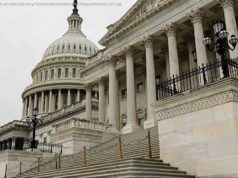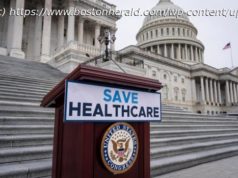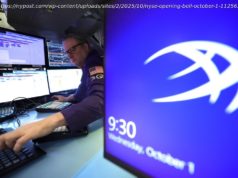Only part of the left’s most promising political party even wants to win elections or come to power.
If Zohran Mamdani, the Democratic candidate for mayor of New York City, wins this fall’s election, he will occupy the most powerful executive position of any American socialist. At the moment, the closest contenders are two mayors in California and a county executive in Maryland. No wonder, then, that American socialists have begun to dream big.
Earlier this month, the Democratic Socialists of America, of which Mamdani is a member, held its biannual convention in Chicago, attended by 1,500 members. There, the organization pledged to “build a broad left-labor coalition” and “draft a socialist candidate” to run for president in 2028.
Why shouldn’t they? Mamdani’s primary campaign in New York showed that an appealing socialist candidate with a strong economic message could generate voter enthusiasm. Nor is Mamdani the first: Senator Bernie Sanders and Representative Alexandria Ocasio-Cortez remain popular with the Democratic base, and just this year they brought out tens of thousands of supporters with their “Fighting Oligarchy” tour. According to a recent poll, 67 percent of Democrats and 62 percent of all Americans under 30 years old view socialism favorably. And with 85,000 members, the DSA is already the country’s biggest leftist organization, larger even than the Communist Party during its heyday in the 1940s.
But such numbers don’t add up to much political power in a country of 340 million. DSA counts only three representatives in Congress and no senators (Sanders is sympathetic but has never been a member). For the average voter, even 10 years after Sanders’s historic presidential run, American socialists are simply not a distinct, recognizable political force. And the reasons for this failure were entirely manifest at the meeting in Chicago: A significant part of the organization doesn’t share its traditional concept of an electoral path to socialism.
Little about this convention suggested a mass political movement intent on winning elections and coming to power. Mamdani, AOC, and Sanders were absent, and so was their welcoming, practical political style. In fact, DSA’s national leadership has voted not to endorse AOC, and many in the organization are now actively hostile to her. Some even put forward a resolution at the convention to formally censure her for her “tacit support of Zionism,” on the grounds that she had supported the funding of defensive Iron Dome weapons for Israel, said that Israel had a right to self-defense, and “failed to support Palestinian resistance” in a media interview. (The resolution never reached a vote.) The mostly young and white crowd hardly discussed Donald Trump’s presidency (a motion that urged such discussion was voted down early on) and seemed to consist of a consortium of activists, many of them focused on single issues. Some were preoccupied with protesting the convention’s lack of a masking mandate.
Many of the resolutions passed at the convention would have been nonstarters for national politicians such as Sanders or AOC. One pledged for the DSA to be a “fighting anti-Zionist” organization that would endorse only candidates who supported the BDS (boycott, divestment, sanctions) movement against Israel. (This would disqualify Sanders.) The resolution further called for any DSA member opposing BDS or affiliated with the liberal Jewish organization J Street to be expelled, along with anybody who believes that “Israel has a right to defend itself.






